I have a spreadsheet (exported from a database, so I'm stuck with the output format I'm given) with fourteen columns to indicate which of fourteen decks have been checked. (And yes, the numbers aren't stored as numbers.)

I'd like to combine them all into a single cell with the deck numbers separated by commas. Normally I'd just use a series of &", "& elements, but of course that won't work when it's an uncertain number of decks. I could also use a series of IF functions, but that's going to be pretty cumbersome.
As an example, I'd like the top row in the image to be summarised as "1, 2, 3, 4, 5, 6" rather than "1, 2, 3, 4, 5, 6, , , , , , , , "...
Is there a simpler, easier and/or better way of doing it?
